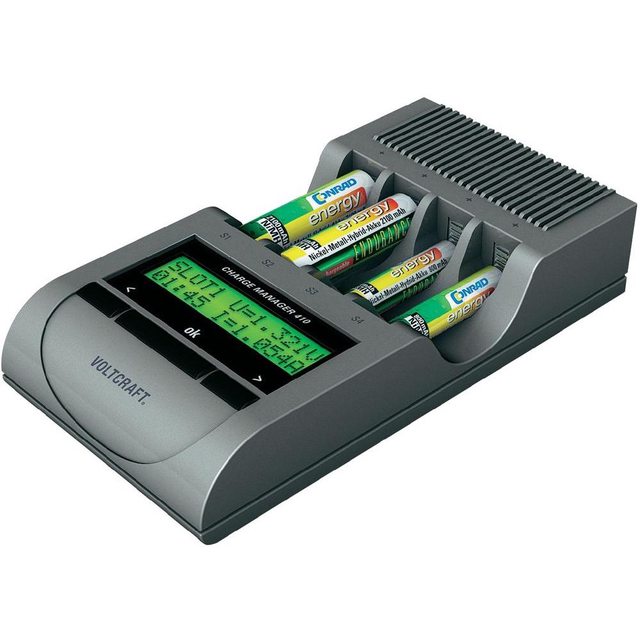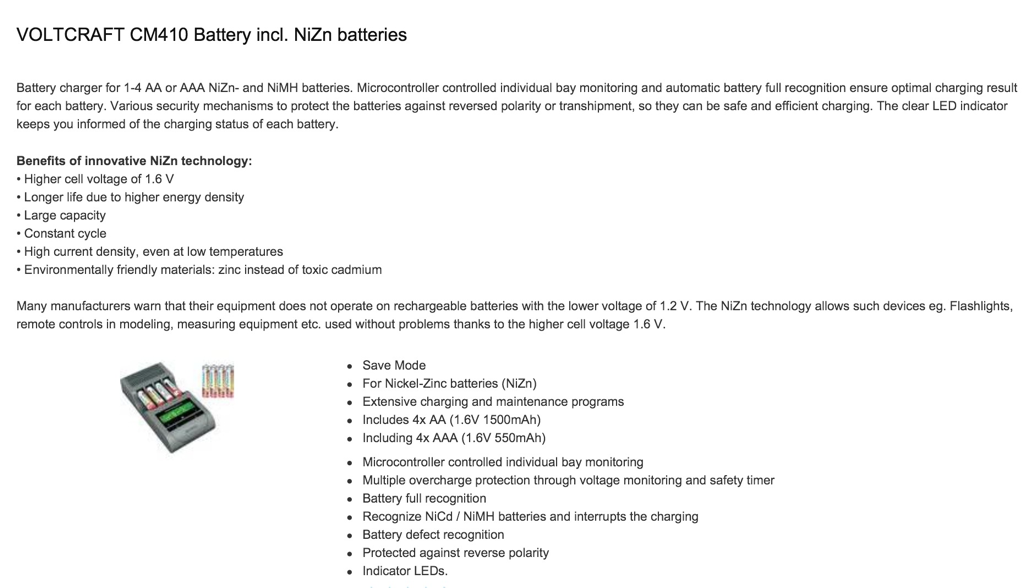I've been using the BPI charger and BPI NiZn cells for over a week, and I have some impressions. I like the higher voltage, and how it rides along at 1.6v for most of its output, but that knee is really sharp, and the drop in voltage is really fast. I'm finding it difficult to catch it at the knee between 1.6v and 1v. I have not succeeded yet, and mostly I'm catching it around .85v, which, I understand, is bad for the cell. The runtime is fine, about as long as a typical eneloop, and for my purposes the LSDness is ok, from my limited trial, a cell stays close to 1.8v for at least a week (granted, that is not an acceptable period of LSD, but I don't have too many cells, use them all in a week).
The dumb BPI charger, however, is total excrement. Its inexpensive, but I recommend against it... do NOT get the BPI dumb charger. It will only charge 2 AAA at a time, and every time I use it I have to monkey with it to get it to even see there are cells in there, to initiate the charge. Every time I use it, I think its broken... but after removing, replacing, removing, replacing, changing the angle they sit, etc., messing with the cells, unplugging, replugging... eventually the charge indicator lights activate. As it charges, the indicator lights get dimmer, so its not easy to see when the charge is complete.
My use for the NiZn cells was for my Arc AAA-UV, which I hardly use, making L92 a much better choice even at its high price. The other use (now my only use) was for my AAA 5mw 532nm laser... which I fried last week with a 10440, but I'll eventually replace it (for $9, I like it). Since the laser is gone, I'm using it in my Maratac AAA just to experience the cell use, and it is brighter... but, again, the knee of the output curve is very sharp, and drops off really fast. Its easy to see why the cells are easily damaged. Its almost impossible to catch it unless you're really paying attention, and that sort of is silly, because light is for a purpose, and its unusual that the light itself is its own purpose.



